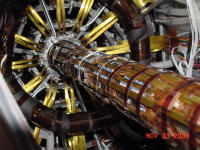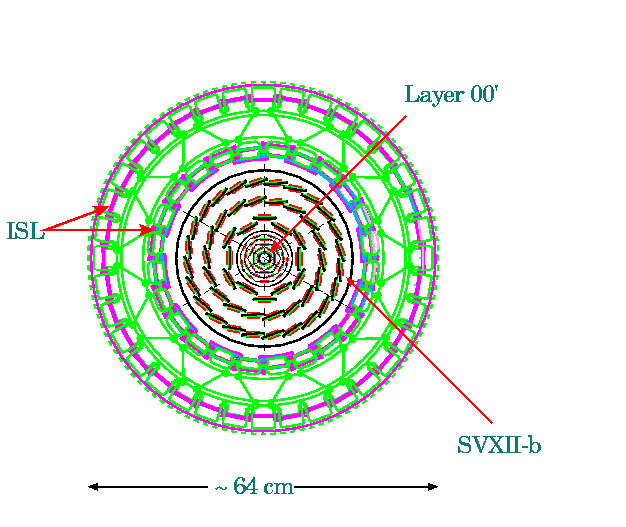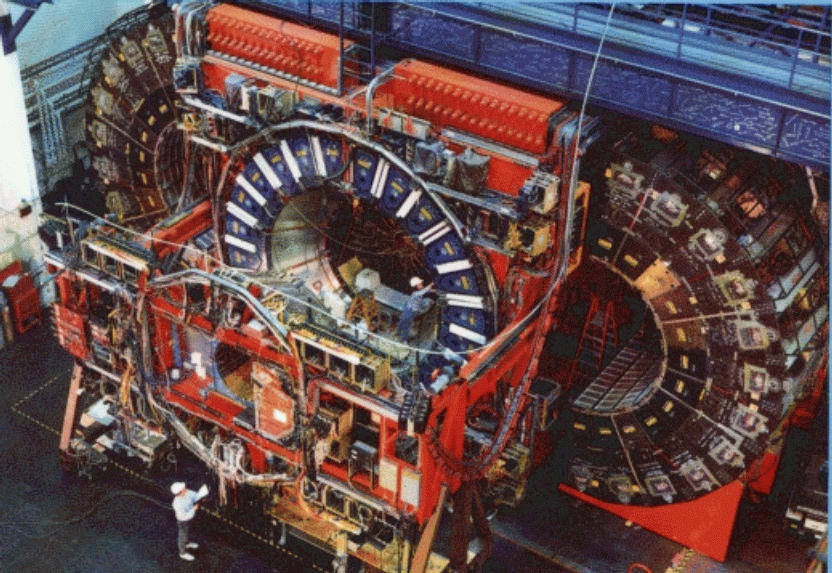Graduate Students:
- Kwangzoo Chung
- Jason Galyardt
- Karen Gibson
- Gavril Giurgiu
- Vivek Tiwari
Projects
Besides the projects above, we are also involved in the
CDF Detector Simulation Project.
Physics
Our group is interested in heavy flavour physics, in particular in the
physics of B mesons.
The principal interest in studying B hadrons in the context of the Standard
Model arises from the fact that B hadron decays provide valuable information
on the weak mixing matrix, the
Cabibbo-Kobayashi-Maskawa (CKM) matrix.
Eigenstates of the weak interaction Hamiltonian are not the same as
the quark mass eigenstates. The matrix used to transform between these bases is
called the CKM matrix.
In fact, measurements of
B hadron decay rates,
as well
as observation of
BB= mixing,
allow the determination of five of the
nine CKM matrix elements.
Traditionally, B physics has been the domain of e+ e- machines, but
already the
UA1 collaboration
at CERN
has shown that
B physics is feasible
at a hadron collider.
However, the combination of a better mass resolution and vertex
detection with the Silicon Vertex Detector
(see this example
with explanation)
enabled the
CDF experiment
during the 1992-1995 data taking period (Run I)
to perform a
broad B physics program.
After a successful detector upgrade period, the CDF experiment will start
taking data in March 2001 for a five
year data taking period (Run II). The anticipated amount of high quality data
promises a wealth of important physics results.
The future interest in B physics lies in the study of
CP violation in the system of neutral B mesons.
Besides CP violation, we are also interested in observing flavour
oscillations in the BS meson system as well as the spectroscopy
of BC mesons.
You can view
CDF's plans to measure CP violation
as outlined in the
CDF Technical Design Report for Run II.
Please visit also the
Workshop on B
Physics at the Tevatron for an overview of B physics prospects
during Run II at the Tevatron.
 MP
MP



 MP
MP